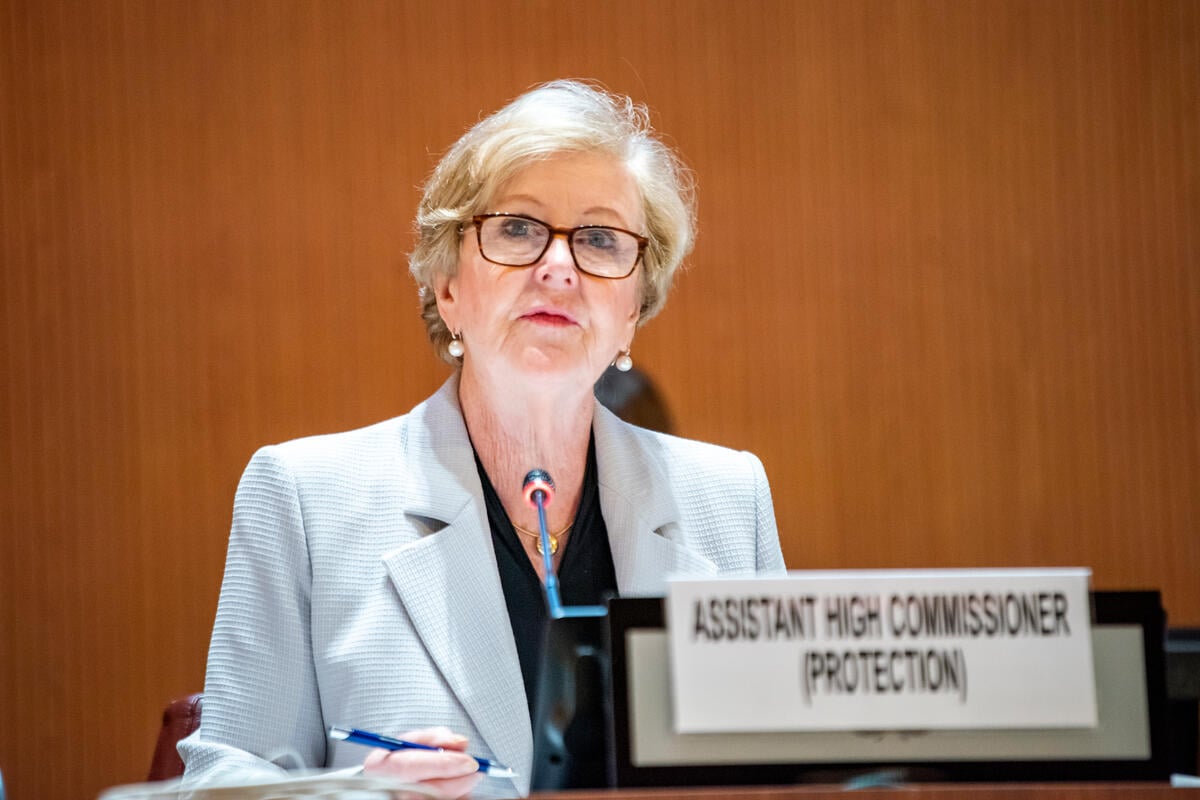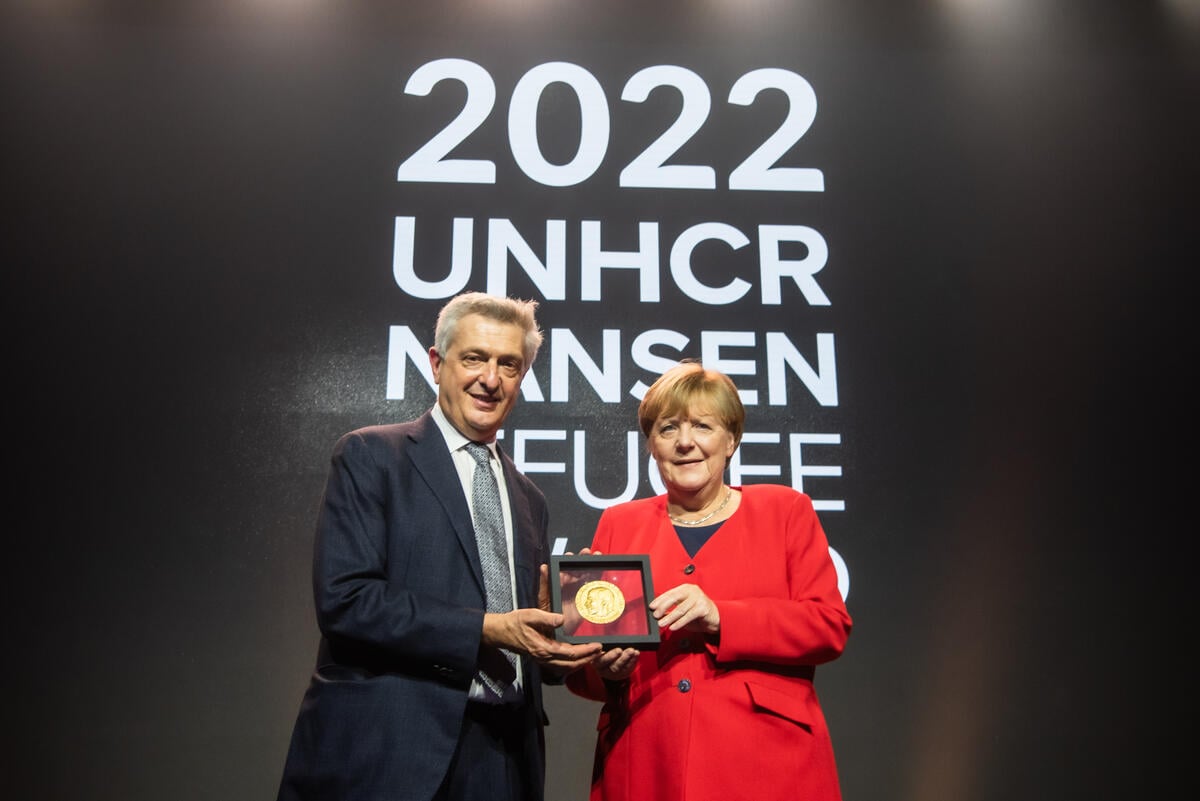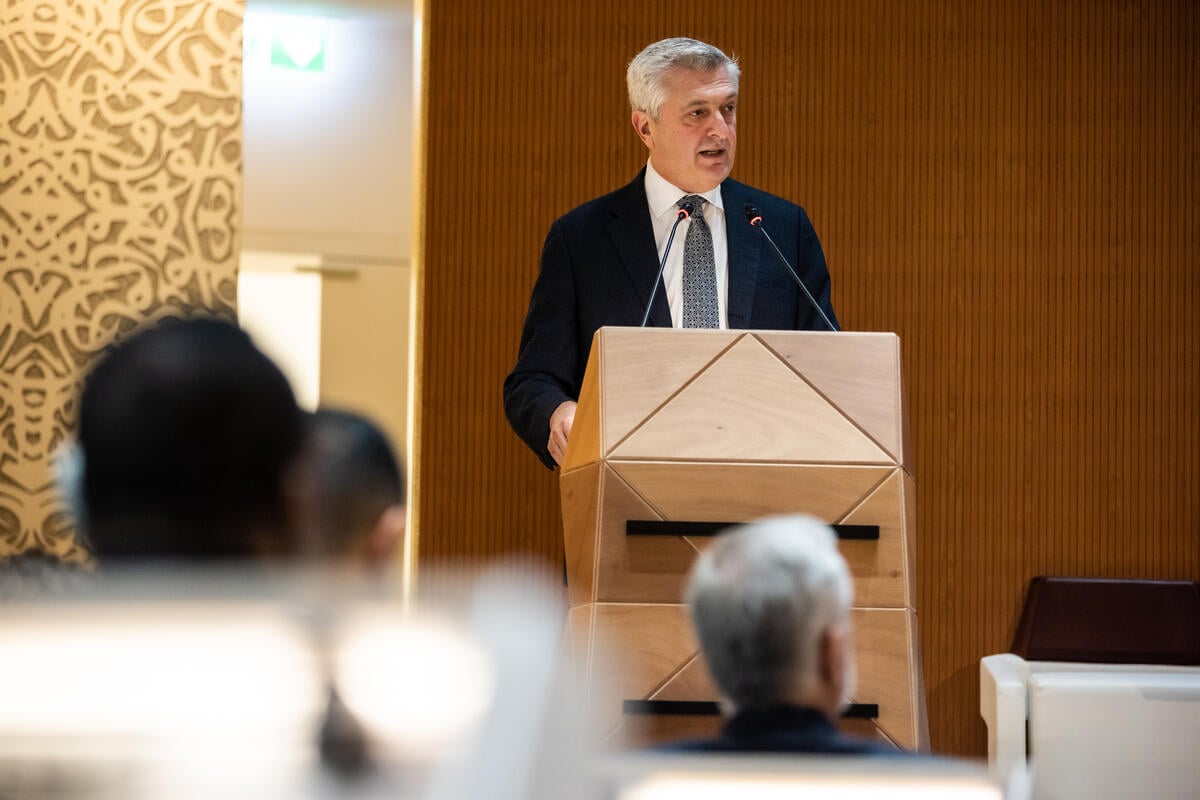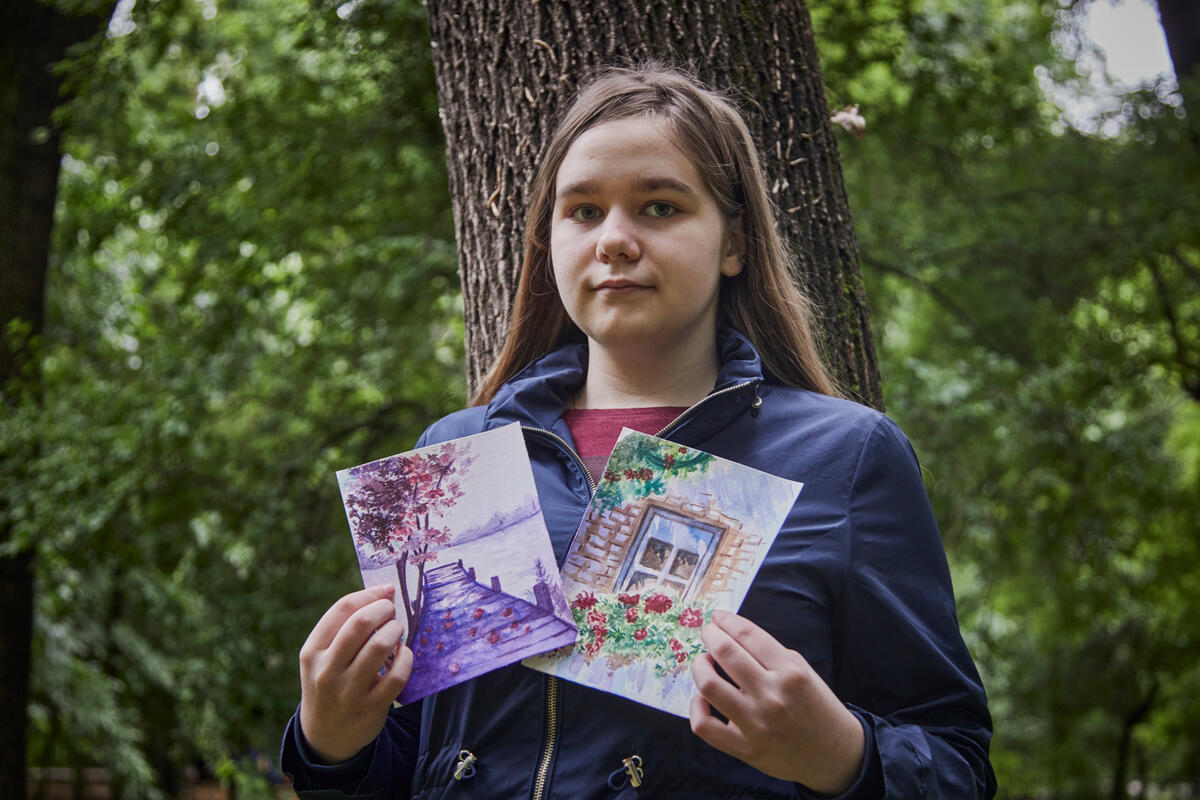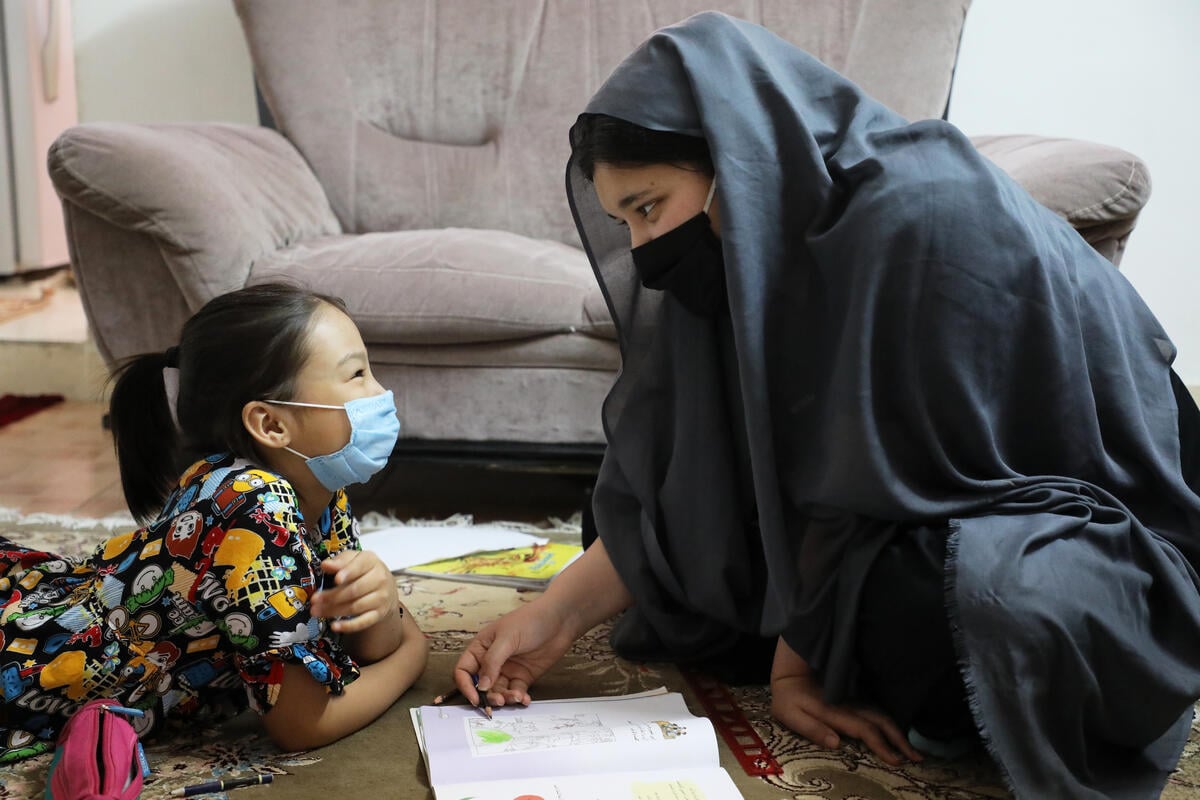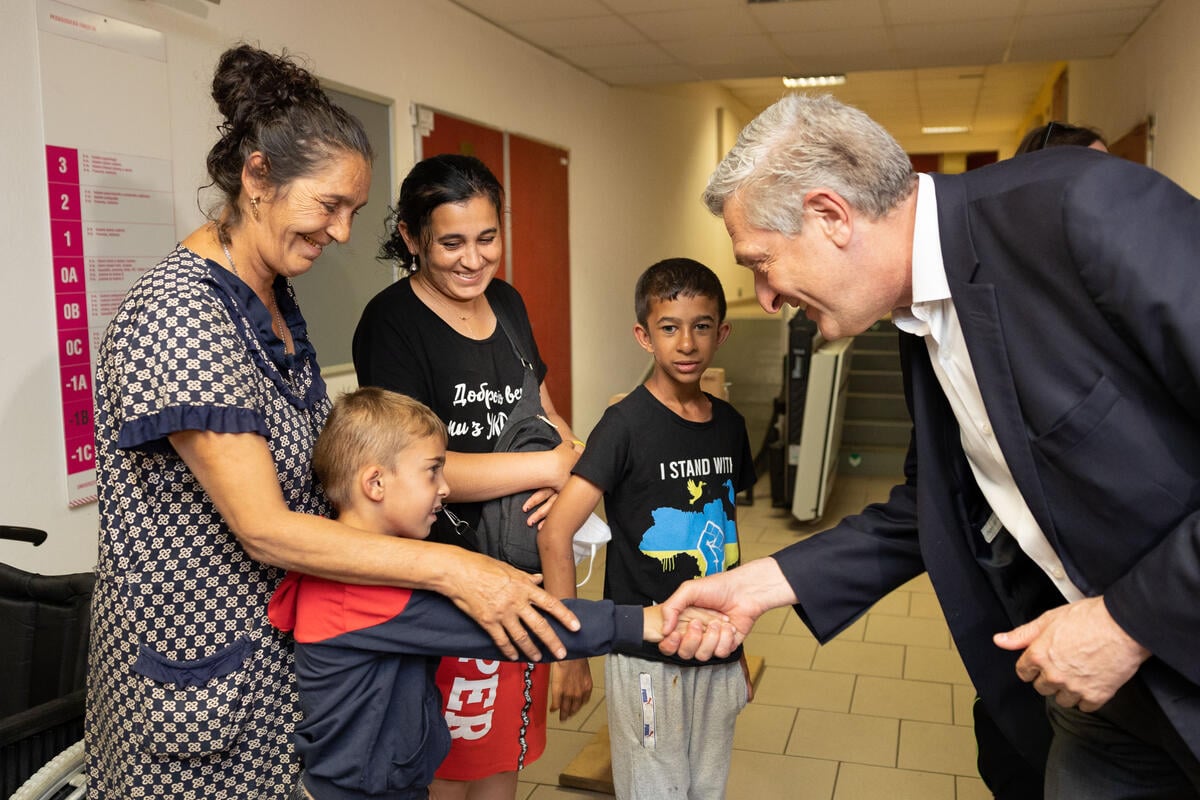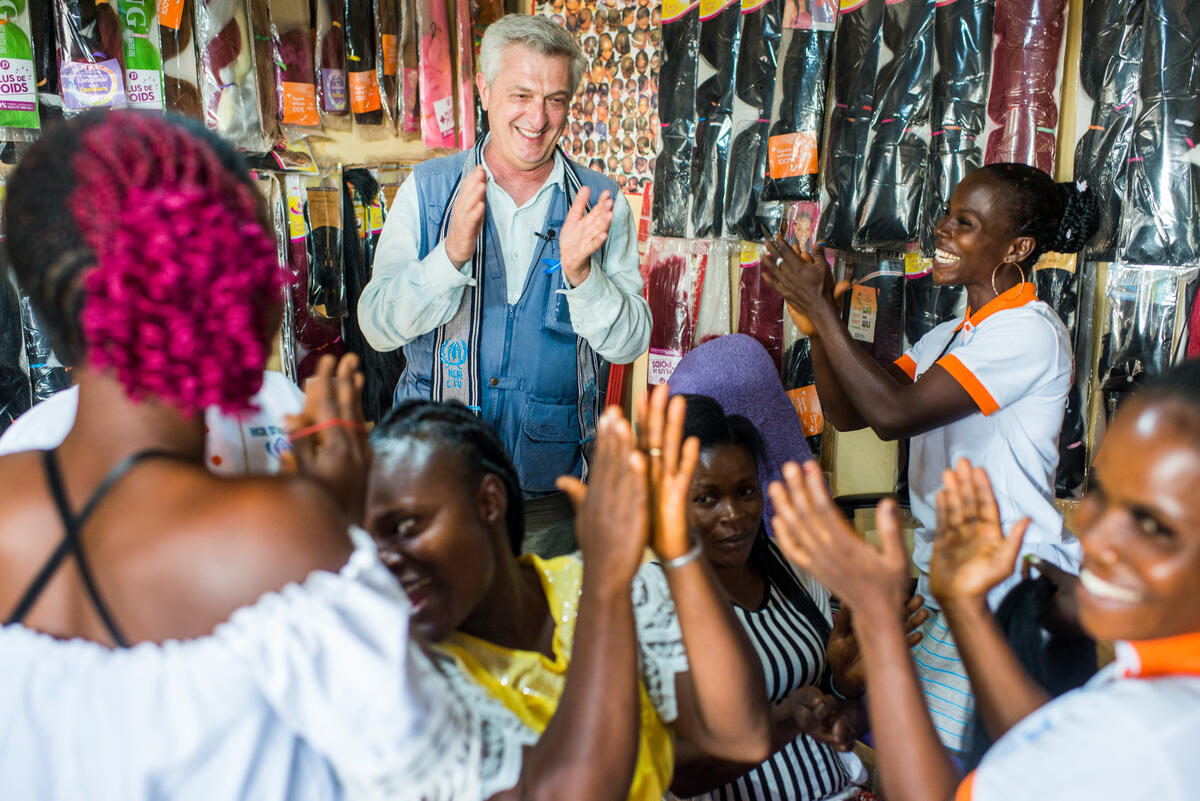New exhibition in Venice explores the experience of refugees

New exhibition in Venice explores the experience of refugees
VENICE, Italy - A new exhibition in Venice aims to put refugees centre stage in a debate over whether art should try to change society.
Rothko in Lampedusa showcases work by artists who have achieved international acclaim such as Ai Weiwei and Richard Mosse and those of five emerging artists from Syria, Iran, Iraq, Ivory Coast and Somalia who are also refugees.
More than 100 people packed the opening on Friday of the exhibition that runs in parallel to the Venice Biennale. The theme of the biennale, the world's biggest art festival, is “May You Live in Interesting Times,” which aims to provoke reflection on social issues, key among them the response to Europe’s refugee crisis.
While the great majority of the nearly 70 million forcibly displaced worldwide people are hosted in developing countries, some two million people have sought asylum in Europe since 2014, meeting with responses ranging from welcome to tightened borders.
“The question of the exhibition is maybe we are missing the Rothko of the 21st century if we do not give (an opportunity) to ... refugees and migrants that arrive and reach the First World,” said exhibition curator Francesca Giubilei
Mark Rothko emigrated in 1913 to the United States from the country that is now Latvia to flee persecution. He went on to become one of the 20th century’s most celebrated artists. The tiny island of Lampedusa, between Sicily and Tunisia, has been a key reception centre for refugees and is seen as a symbol of the refugee crisis.
"Maybe we are missing the Rothko of the 21st century if we do not give (an opportunity) to ... refugees "
The emerging artists whose work is displayed have responded to their status as refugees in varying ways. Majid Adin, from Iran and living in London, displayed a cartoon video of a family enduring a perilous journey over land and sea. Mohammed Keita, who fled Ivory Coast, photographs street scenes in his new home of Italy.
For Rasha Deeb, an artist in Syria now resident in southern Germany, her home country’s war, rather than her experience as a refugee, was the impetus for her abstract sculpture.
“War is my big problem and it’s my big message. Not the refugees. Because of the war there is refugees. If there is no war there is no refugees. I don’t have to leave my country. Why? I have a good life, everything was good for me. Why”
Deeb, Adin, Keita and photographer Bnar Sardar Sdiq from the Kurdistan region of Iraq are participating in the exhibition as part of a one-month residency in Venice funded by UNHCR during the Biennale. A fifth artist whose work is displayed, Hassan Yare, an illustrator from Somalia who lives in a camp in Kenya, was unable to obtain travel papers to attend.
Giubilei said Rothko in Lampedusa is the only exhibition specifically focused on refugees but it is not the only exhibit that tackles the issue. At the Arsenale, the city’s main exhibition space, a boat that sank in the Mediterranean in April 2015 killing around 800 refugees and migrants is on display.

The Italian government refloated the vessel and Swiss-Icelandic artist Christoph Buchel and colleagues arranged for it to be brought on a barge to the Biennale to be shown as a symbol for our times. The bodies have been removed but “Our Boat”, as the exhibit is called, is in fact a tomb as well as an act of artistic provocation.
On Friday, art lovers milled around the damaged vessel, sipping aperitifs at a nearby cafe in the sunshine, some apparently ignorant of the horror of what happened there.
“I … met the survivors of this boat,” said Carlotta Sami, a spokeswoman for UNHCR. “Only 24, young, all boys shaky and with staring eyes. It was at dawn in … the port of Catania in April 2015. And then I saw that monstrous boat when it was recovered with its 800 dead bodies. That was a tragic moment that will always stay in my mind.”
Rothko in Lampedusa will run at the Palazzo Querini until 24 November.


